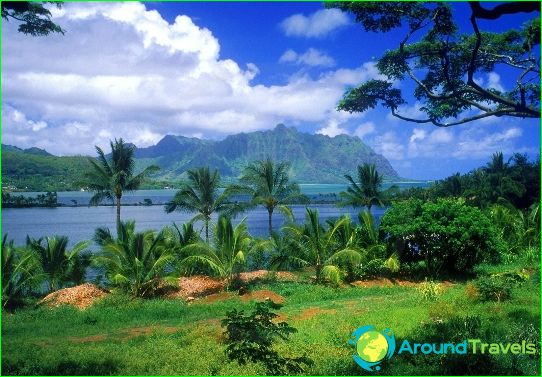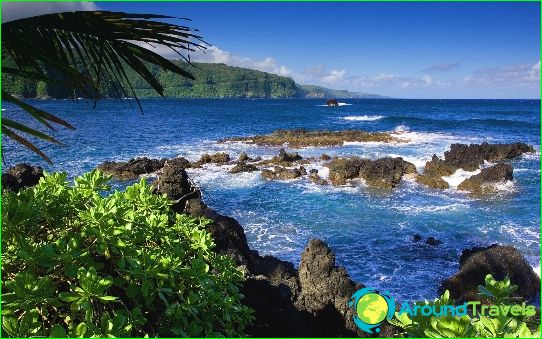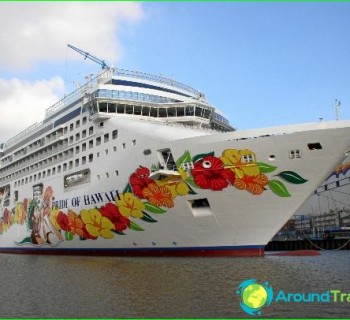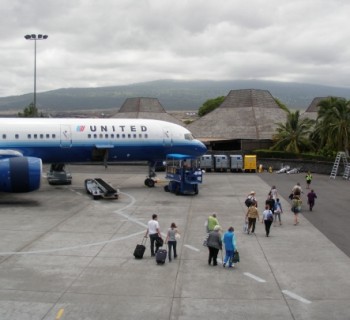Hawaiian Islands

In the center of the Pacific Ocean is the Hawaiian Archipelago, which includes 162 islands. Of these, only seven are inhabited. Hawaii is 3700 km away from the continent and is located in the Northern Hemisphere. They cover an area of about 28,311 sq. km.
Features of the Hawaiian archipelago
The Hawaiian Islands form the 50th US state with a population of over 1,360,300. This state is also called Aloha. The largest island is Hawaii. It contains the active volcanoes Kilauea, Mauna Loa, as well as the still dormant volcano Mauna Kea..
The capital and largest city of the state is Honolulu. The cities of Kaneohe, Kailua-Kona, Hilo are considered large. Oahu is the most economically developed island.
The islands of the Hawaiian Islands amaze with their beautiful nature. There are tropical plants, great beaches and favorable weather. Each island has a unique landscape and climatic characteristics. For example, there is a Volcanoes National Park on the island of Hawaii, and the island of Maui is open to strong winds, which is why fans of windsurfing are eager to go there..
The Hawaiian Islands were discovered by James Cook in 1778, when he made his third trip around the world. In those years, Polynesians lived on the island territories. The discoverer designated areas of land in the ocean as the Sandwich Islands. This name was used until the 19th century. Hawaii received the status of the 50th US state in 1959. Interestingly, the Hawaiian Islands are the birthplace of the 44th President of the country, Barack Obama. As you know, he was born in Honolulu.
Climatic conditions
The Hawaiian Islands are located in a tropical humid climate. Cyclones of the tropics dominate here all summer and autumn. They bring rains with them. However, even during the rainy season, Hawaii has a lot of sunny days. Too strong heat and stuffiness are absent there. Precipitation mainly falls on the eastern and northern lands of the islands. The coast in the west and south is drier. The climate of the islands is shaped by the trade winds. Tourist areas are concentrated on the leeward shores of the islands due to the likelihood of heavy rains and trade winds. During the summer and fall seasons, the islands of the Hawaiian Islands are affected by hurricanes and tropical storms. Winds originate near Mexico, near the California Peninsula.
Hawaii is protected from the direct impact of hurricanes by the Pacific Ocean. Moving northward, the hurricane loses its power. The islands are in danger of a tsunami. The city of Hilo suffered the most from this natural phenomenon. In winter, the average air temperature is +21 degrees, and in summer it is +29 - +32 degrees. Temperatures are lower in mountainous areas, while Mauna Loa, Haleakala and Mauna Kea sometimes experience snow.




